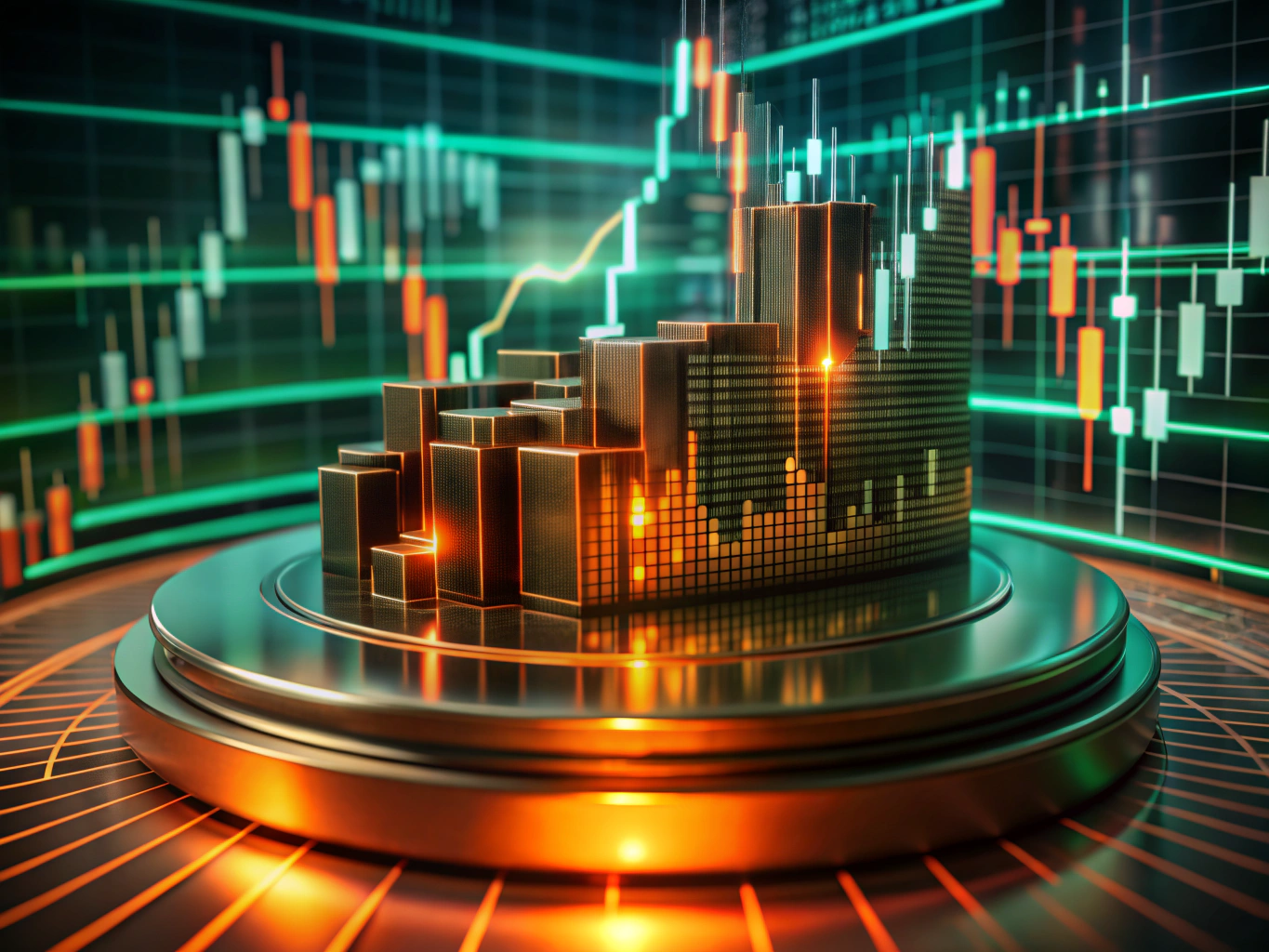
Understanding the nuances of free margin can feel like decoding a secret handshake among forex professionals. Yet, it’s one of those deceptively simple concepts that can make or break your trading experience. Whether you’re fresh on the learning curve or a battle‑scarred veteran of bull runs and bear mauls, having a rock‑solid grip on free margin will keep you in the driver’s seat — without unexpected pit stops.
What Is Free Margin? Forex Definition And Context
Imagine your trading account as a fuel tank. Equity is the total amount of fuel you have (account balance plus floating profits or minus floating losses). Used margin is the portion reserved to keep your current positions running — like the fuel locked in tank lines. Free margin, then, is the leftover juice you can still use to power new trades without stalling out.
- Equity = Account Balance + Floating P/L
- Used Margin = Funds reserved for open positions
- Free Margin = Equity − Used Margin
In practical terms, free margin is the buffer that determines how many additional lots you can open or whether you risk a margin call. It’s the safety net, the cushion, the guardian angel of your trading account.
Why Free Margin Matters In Forex Trading
Free margin isn’t just jargon — it’s the cornerstone of responsible risk management. Here’s why:
- Preventing Margin Calls
When equity dips below used margin, your broker may force‑close positions. Having ample free margin reduces this risk. - Maximizing Opportunity
Sufficient free margin lets you pounce on sudden setups without deposit delays. - Maintaining Psychological Comfort
Knowing you have breathing room keeps panic — and regrettable click‑happy trading — at bay.
Think of free margin like a lifeboat under the Titanic. You hope never to use it, but its mere presence gives you confidence to navigate icebergs.
How To Calculate Free Margin: Step‑By‑Step Formula
Crunching the numbers is simpler than making your morning coffee:
- Determine Equity
Check your account balance and add any unrealized profit (or subtract unrealized loss). - Find Used Margin
Most platforms display this automatically once you open a trade. - Subtract
Free Margin = Equity – Used Margin
Example Calculation
- Account Balance: $5,000
- Floating Profit: $200
- Used Margin: $1,000
Equity = $5,000 + $200 = $5,200
Free Margin = $5,200 − $1,000 = $4,200
Voilà — $4,200 ready to fuel your next foray.
Free Margin Vs Used Margin: Key Distinctions
It’s easy to mix up these sibling metrics. Here’s a quick comparison:
| Metric | Definition | Role |
| Used Margin | Funds reserved for existing trades | Lock-in capital for positions |
| Free Margin | Available funds for new positions or absorbing losses | Safety cushion and flexibility |
In a nutshell, used margin is “already committed,” while free margin is “up for grabs.”
Factors That Influence Your Free Margin
Free margin isn’t static. Several moving parts influence its size:
Leverage And Position Size
- High Leverage amplifies used margin per lot, shrinking free margin.
- Large Position Size demands more margin, leaving less in reserve.
Floating Profits And Losses
- Winning Positions boost equity, upping free margin.
- Losing Positions erode equity, eating into free margin.
Monitoring how these factors dance together ensures you don’t stumble into a margin call.
Risks Of Low Free Margin And Margin Calls
Running on fumes — i.e., low free margin — comes with consequences:
- Margin Calls
Brokers may alert you to top up funds. - Forced Liquidations
Positions get closed automatically to protect both trader and broker. - Emotional Turmoil
Watching your account get clipped is no fun.
A low‑free‑margin account is like juggling flaming torches: entertaining until something goes wrong.
Strategies To Maintain A Healthy Free Margin
Keeping your free margin robust requires discipline. Here are battle‑tested tactics:
Position Sizing Techniques
- Fixed-Fractional: Risk a set percentage (e.g., 1–2%) of equity per trade.
- Volatility-Based: Adjust lot size based on average true range or ATR.
Stop‑Loss And Take‑Profit Orders
- Predefine exit points to cap losses and lock in gains, ensuring your floating P/L doesn’t spiral out of control.
Combining tight risk management with sensible sizing helps preserve free margin for opportunities ahead.
Real‑Life Free Margin Example For Clarity
Meet Jane, a swing trader with $10,000 and 1:100 leverage:
- Opens a 1‑lot EUR/USD trade, uses $1,000 margin.
- Equity rises to $10,500 after a favorable move.
- Free Margin = $10,500 − $1,000 = $9,500.
Jane now has $9,500 to launch new positions or absorb minor setbacks — a comfy cushion for a strategist.
Tools And Platforms To Monitor Free Margin
Modern trading terminals feature built‑in displays:
- MetaTrader 4/5: Shows equity, free margin, used margin in one dashboard; you can easily download MT5 to access these features.
- cTrader: Visual gauges that update in real time.
- Proprietary Platforms: Brokers often add customizable alerts for margin thresholds.
Set notifications to warn you when free margin dips below your comfort level.
Common Misconceptions About Free Margin
Let’s debunk a few myths:
- “Free margin is actually free money.”
Not quite — it can vanish with a sharp adverse move. - “You can’t trade on used margin.”
Correct, but freeing up margin is as simple as closing or scaling down existing positions. - “Higher leverage always increases free margin.”
False — higher leverage means higher required margin per pip movement, which can shrink free margin dramatically if the market moves against you.
Clearing up these misunderstandings shields you from unexpected missteps.
FAQ: Free Margin Questions Answered
Can You Withdraw Free Margin?
Withdrawing free margin is essentially withdrawing equity — closing trades may be necessary to release funds.
What Happens When Free Margin Hits Zero?
A free‑margin zero triggers a margin call or automatic liquidation depending on your broker’s policy.
How Much Free Margin Do I Need To Trade?
Aim for at least 30–50% of your equity as free margin for multi‑position flexibility and risk absorption.
Is Margin Money Actually “Free”?
Despite the name, margin is borrowed capital tied to your account — treat it with respect, not as bonus cash.
Mastering free margin is akin to learning the pedals and gears of a high‑performance car: once you have the coordination, you’ll enjoy smoother rides, faster acceleration into winning trades, and far fewer crashes. Keep an eye on your equity, mind your leverage, and cherish your free margin — it just might be your best trading ally.
